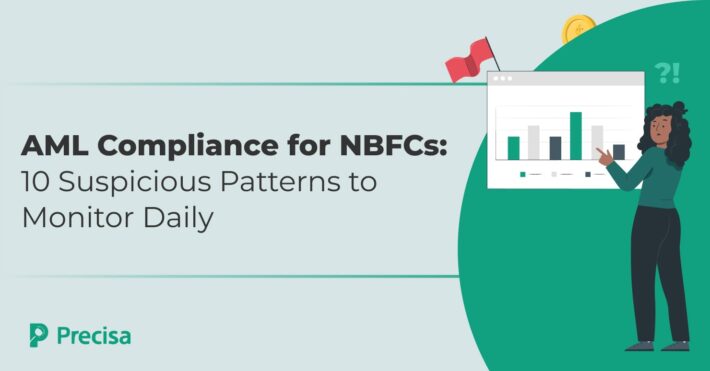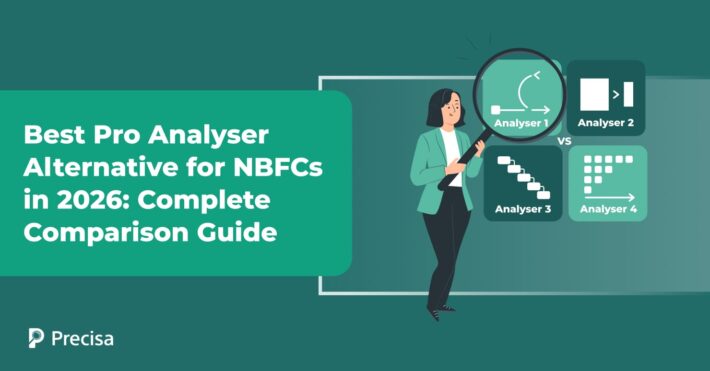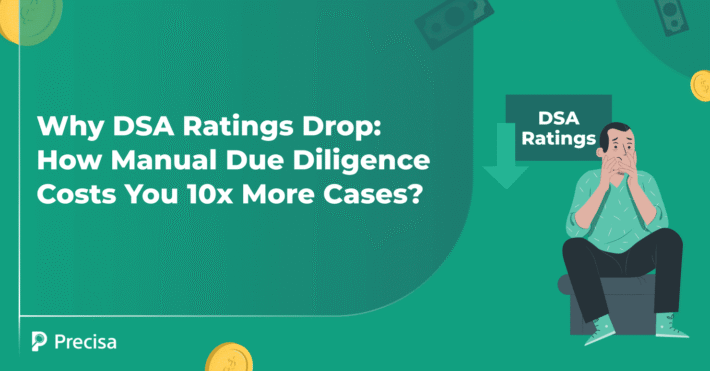What Are NBFC Companies’ Takeovers? Conditions and RBI Approvals Reviewed

According to data released by the Reserve Bank of India (RBI), During the fortnight ending on February 10, India’s banking system credit showed a 16.1 % year-on-year (YoY) increase to a ticket-size INR 134.17 trillion. This is a significant increase from when credit growth stood at just 9% a year back.
The rising demand for credit, especially by the micro, small, and medium-sized enterprise (MSME) sector, is skyrocketing. Banks alone cannot keep up with this demand, and more Non-Banking Financial Companies (NBFCs) are being established to meet the demand.
However, launching NBFC companies is a complex and time-consuming process.
This is where RBI’s relaxed rules and regulations are helping to expedite the takeover of an existing NBFC as an alternative route to setting up an NBFC from scratch.
Let’s take a detailed look.
NBFC Companies’ Takeover: An Overview
In 2020, over 60% of the total number of loans by digital lending apps were delivered by NBFCs, and this figure continues to grow.
However, the startup process for a new NBFC is fairly complicated. An NBFC license needs to be acquired, and the process can take up to 12 months or more as several conditions need to be satisfied.
With such a bright credit growth forecast, understandably, existing players may wish to grow their business by acquiring another NBFC. The acquirer NBFC is looking to do a takeover, and the company that will get acquired is referred to as a target NBFC.
The RBI’s simplified conditions for acquisition are nudging more NBFC companies to take over others in the market.
2 Types Of NBFC Companies’ Takeover
As is the case with any type of merger and acquisition in the corporate world, there are also two types of NBFC takeovers.
1. Friendly Takeover
A friendly takeover occurs when the target NBFC is amicably acquired by the acquirer NBFC. Both entities agree upon the terms and conditions of the takeover, and the target NBFC may get access to more resources to grow their build.
2. Hostile Takeover
On the other hand, a hostile takeover occurs when the acquirer NBFC uses some form of leverage and forces the target NBFC to relinquish complete control. The acquirer may rebrand the target NBFC, change its management structure, or even shut it down altogether.
NBFC Companies’ Takeover: Due Diligence Before Proceeding
A potential acquirer NBFC must review the following aspects before considering a move, as follows.
1. Recognise Goals
The first step is to identify the company’s financial and strategic goals and vision and whether an NBFC companies takeover aligns with these them. Goals. Once there is clarity on this, it is time to shop in the market.
2. Background Check
Do a thorough background check on the target in NBFC, such as its founder background, equity ownership status, and operational efficiency, among other things.
3. Study the Markets and Relevant Aspects
Today, India has over 9680 NBFC companies registered with the RBI. Acquirer NBFCs must study the market well and review all options before shortlisting target NBFCs. Also, study the strengths and weaknesses of each NBFC and what they bring to the table.
4. Assess the Financial Elements
Understanding the financial aspect of things is an important step. Acquirer NBFCs must understand profitability, liabilities, debt, and other financial markers in-depth.
Companies can also leverage financial statement analysis software for an accelerated and comprehensive view of a company’s finances.
NBFC Companies’ Takeover: What Are the Conditions For RBI Approvals?
An acquirer NBFC needs RBI approvals at various junctures and milestones as follows:
1. Approval in Written Form
Irrespective of whether there is a change in management, the NBFC companies undergoing a takeover require RBI’s prior approval in the written form.
2. Exemption from RBI Approval
No RBI approval is needed if there is a change in shareholding for over 26 % for buyback or to reduce share capital. Only the requisite authority will need to have approved this change.
However, once executed, the NBFC is required to report the change to RBI within a month of its occurrence.
3. Variation in Shareholder Pattern
RBI approval is required if there is a variation in shareholder pattern that results in a 26% acquisition or transfer of the paid-up capital. This includes progressive increases over time.
4. 30% Change in Management
Prior written approval of the RBI is required if the management sees a change of 30%. However, if this figure includes independent directors, then no prior approval is required.
Starting The NBFC Companies’ Takeover Process
NBFC companies considering takeover must apply to their relevant zonal office, along with detailed information on proposed shareholders and board of directors, and other documents as follows:
- Comprehensive list of proposed shareholders/ board of directors.
- A declaration states that the proposed shareholders are not associated with any other deposit-accepting entity.
- A separate declaration that the proposed shareholders are not associated with an RBI-rejected entity.
- The proposed shareholders and board of directors declare that they have no criminal or conviction record.
- Information about how funds will be sourced to acquire shares of the proposed shareholders.
- A detailed banker’s report on all proposed shareholders and the board of directors
- Financial records of the last three years are required, plus the annual reports.
Key Takeaways
The acquirer NBFC has the potential to breathe new life into financially crunched and struggling NBFC companies. The RBI’s new guidelines have simplified the process, and these measures will enable the sector to grow and create more access to credit for a wide range of borrowers.
It will significantly support the MSME sector, which is pivotal in fuelling India’s economy.
A growing number of NBFCs are leveraging tech-enabled fintech solutions such as financial data analysis, boosting efficiency and reducing the turnaround time to process loans.
Presica’s user-friendly and pro-automation Bank Statement Analysis tool aims to simplify the analysis process through automation, which enables the results to be delivered in minutes.
The cloud-based solution also provides actionable insights on an easy-to-use dashboard, helping businesses make informed lending decisions.
Request a free demo today!




